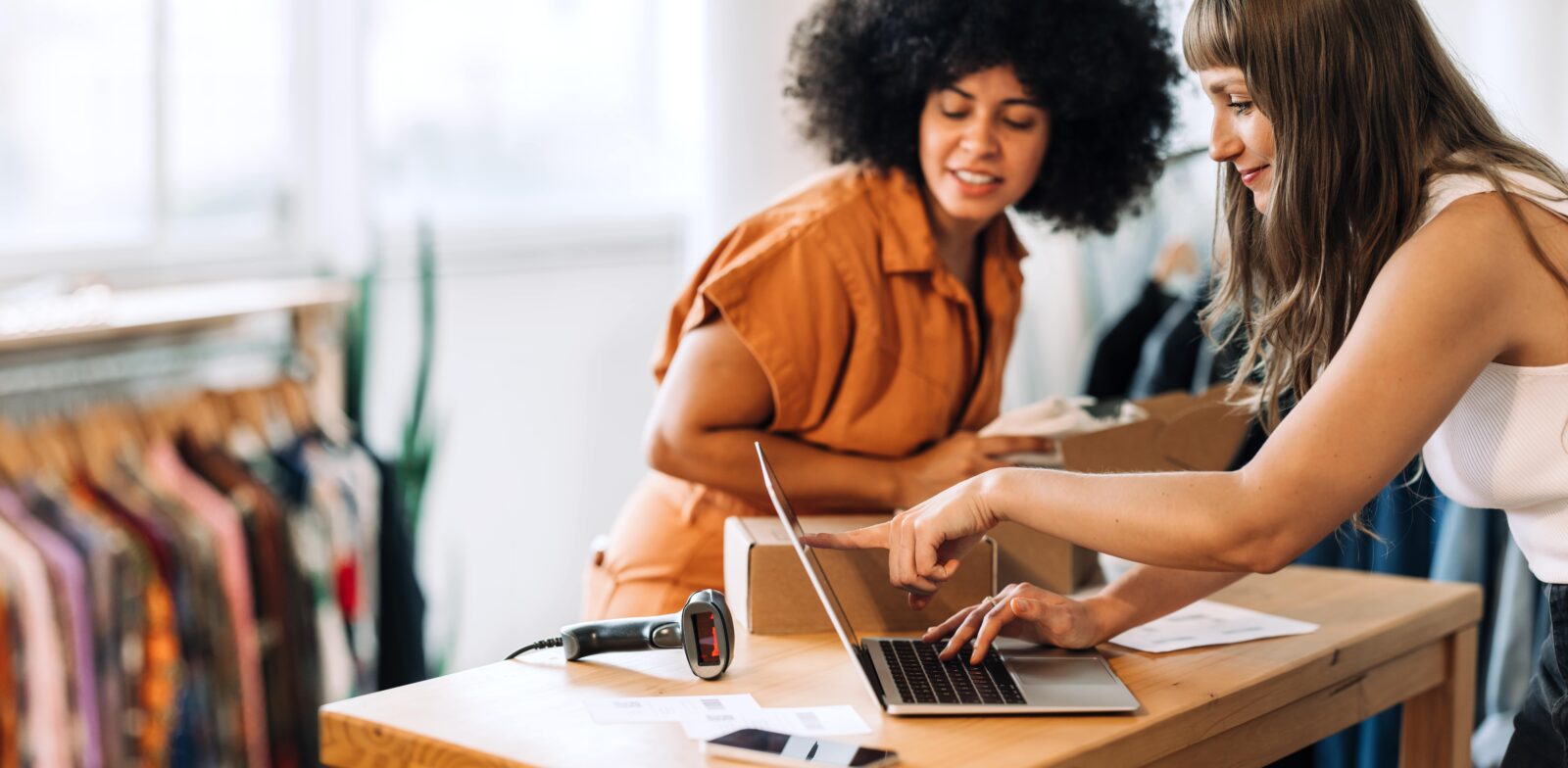The creative contactless order fulfillment options that spiked during COVID-19, including Buy Online, Pickup In-Store (BOPIS) and Buy Online, Pickup At Curbside (BOPAC) have allowed retailers to continue to sell to local customers who aren’t ready to venture back into stores. Curbside in particular was a way to keep operations going even as stores were dark, or as social distancing rules limited the number of shoppers. With COVID-19 regulations continuing for the coming months, these alternative click-and-collect fulfillment models will be staying, too. But, BOPIS and BOPAC are not always as profitable for retailers as the in-store shopping experience.
A study from 2019 showed that 85% of BOPIS customers made additional purchases in the story when they came to collect their order. With the added concerns of spending time shopping, this number is likely to be lower in 2020. What’s more, curbside pickup means that customers collect their order without even entering the store at all.
Retailers can create BOPIS and BOPAC strategies that do maximize the ROI of each order, and provide customers with added opportunities to shop before, during, and after their purchase.
From BOPIS to BOPAC: Making Up Lost Cross-Sell and Upsell Opportunities
Adding curbside pickup options to an already operating store puts extra strain on the staff. It requires new logistics and takes associates away from the sales floor. In order to make sure it’s worth the added service, companies can institute several policies. Instacart, for example, increases the surcharge based on the size of the order, so that the time it takes for an associate to fulfill a larger order is accounted for. Retailers can also have minimum order sizes or charges for orders that fall under a minimum range.
Stores can also provide incentives, like discounts or coupons, to customers that are willing to pick up their order during quieter hours to reduce strain on the stores.
Of course, reducing and accounting for costs is only half of the equation, sales growth is the other. A good revenue generation strategy accounts for customer touch points during the online order, pickup, and post-purchase. Both upsell and cross-sell strategies can still work, even for customers that don’t enter the store.
With the right online setup retailers can trigger messaging based on a checkout order that selects curbside. For example, recommending items on sale at their local store to see if they’d like to add it to their order. If someone buys a beach towel, a cross-sell message for beach toys or suntan lotion can help increase order size.
Upselling and cross-selling can also work at the time of collection. A message can be triggered, or an associate can ask if the customer would like to upgrade their order when they get there, perhaps for a discount. BOPIS customers can be presented with bundled items or ‘buy one, get one’ options. For curbside, the NRF recommends stocking larger sizes of items like pet food, as people are more likely to buy bulk and heavier items when someone is going to place it in their car.
The NRF also reminds retailers to look at the value of the customer across channels and create upsell and cross-sell strategies that consider online purchases as well as BOPIS and curbside. This is especially valuable for creating revenue opportunities post-purchase. After a pickup, personalized messaging can be a powerful tool for continued engagement. Flexibility and a data-driven approach are key to this kind of multichannel approach.
Contactless Order Fulfillment’s Long-Term Value
Ultimately, retailers hope to weather COVID-19, and the ones that provide profitable and valuable customer experiences across channels will be in the best position to capture growth in the future.




